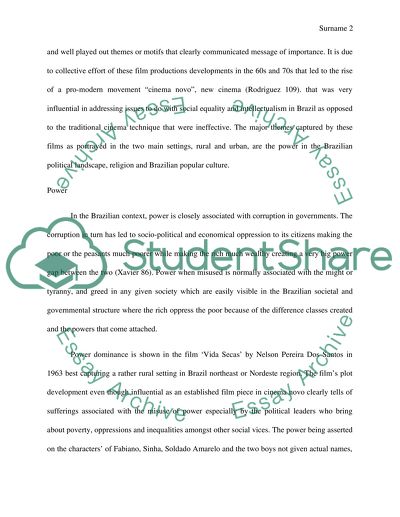Cite this document
(Brazilian Popular Culture and Religion Essay Example | Topics and Well Written Essays - 2000 words, n.d.)
Brazilian Popular Culture and Religion Essay Example | Topics and Well Written Essays - 2000 words. https://studentshare.org/visual-arts-film-studies/1646109-brazilian-popular-culture-and-religion
Brazilian Popular Culture and Religion Essay Example | Topics and Well Written Essays - 2000 words. https://studentshare.org/visual-arts-film-studies/1646109-brazilian-popular-culture-and-religion
(Brazilian Popular Culture and Religion Essay Example | Topics and Well Written Essays - 2000 Words)
Brazilian Popular Culture and Religion Essay Example | Topics and Well Written Essays - 2000 Words. https://studentshare.org/visual-arts-film-studies/1646109-brazilian-popular-culture-and-religion.
Brazilian Popular Culture and Religion Essay Example | Topics and Well Written Essays - 2000 Words. https://studentshare.org/visual-arts-film-studies/1646109-brazilian-popular-culture-and-religion.
“Brazilian Popular Culture and Religion Essay Example | Topics and Well Written Essays - 2000 Words”. https://studentshare.org/visual-arts-film-studies/1646109-brazilian-popular-culture-and-religion.


